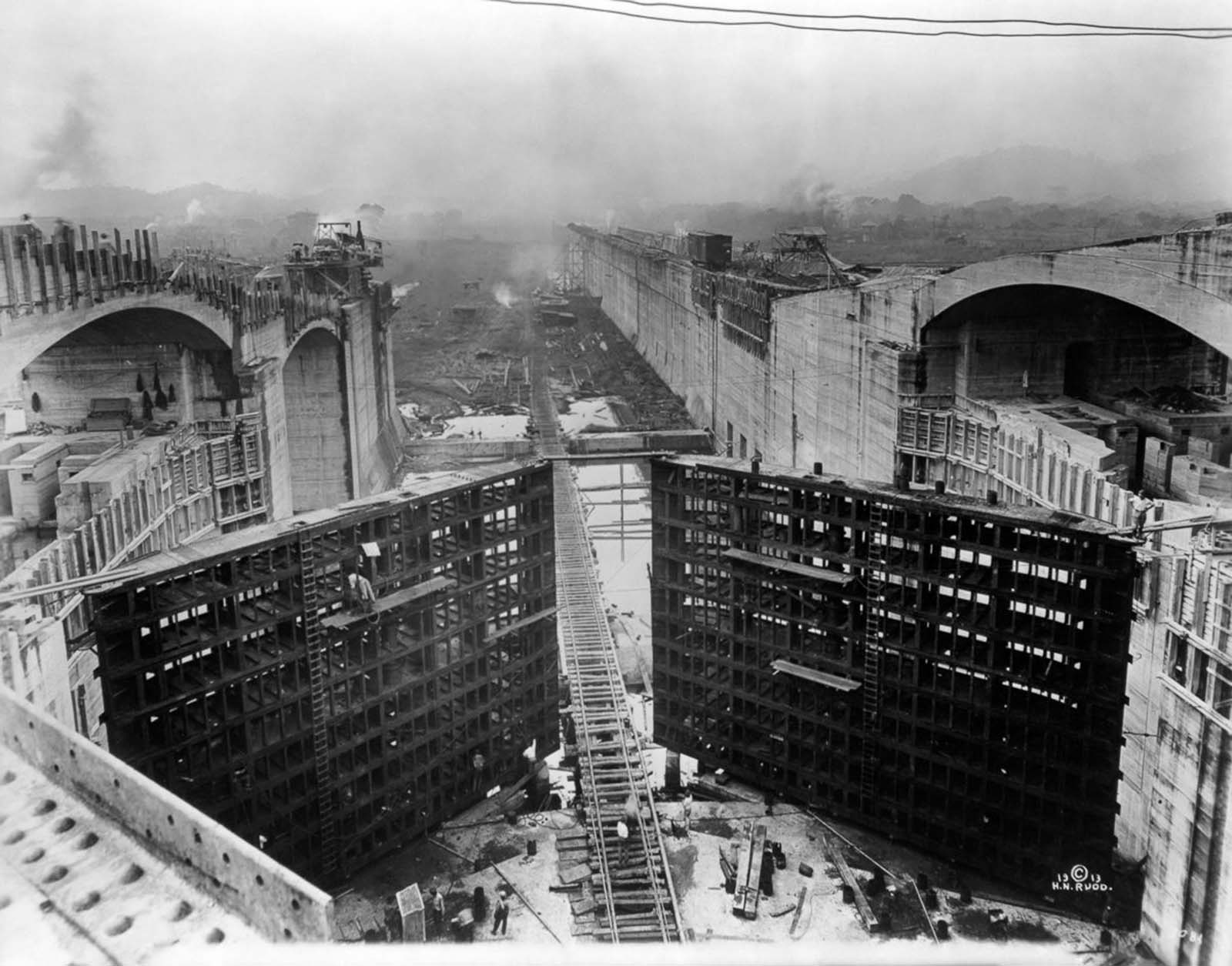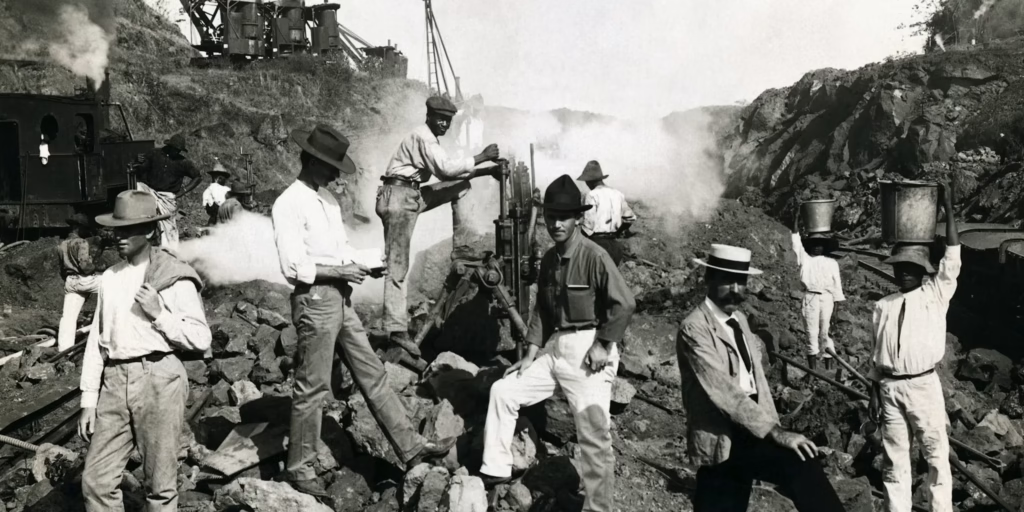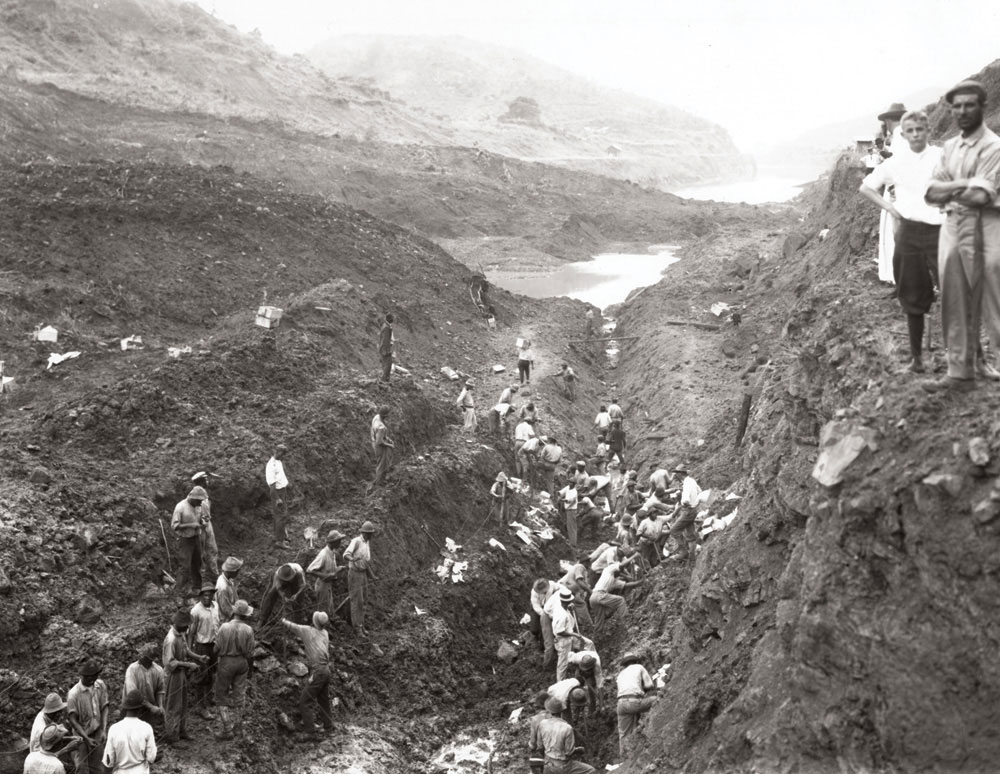The Panama Canal: A Triumph of Engineering and Global Trade Revolution

The Panama Canal is one of the most extraordinary feats of engineering in human history—a man-made waterway that connects the Atlantic and Pacific Oceans through the narrow Isthmus of Panama in Central America. First envisioned centuries ago, it became a reality in the early 20th century, dramatically transforming international trade routes. This article traces its construction, explains how it functions, and explores its ongoing global significance.
Historical Background: The Dream of Two Oceans United
The idea of connecting the Atlantic and Pacific oceans dates back to the early Spanish explorers in the 16th century. Vasco Núñez de Balboa’s 1513 expedition across the isthmus revealed how narrow the land bridge was. As global trade intensified, the need for a quicker maritime passage grew stronger—sailing around the southern tip of South America (Cape Horn) was long, perilous, and costly.
Several plans were proposed over the centuries, but it wasn’t until the late 19th century that construction efforts began in earnest.
French Attempt (1881–1889): A Vision Derailed
The first major attempt to build the canal was led by French engineer Ferdinand de Lesseps, famed for completing the Suez Canal in Egypt. Work began in 1881 under the assumption that a sea-level canal (like the Suez) could be built.
However, the dense jungle terrain, torrential rainfall, landslides, and rampant tropical diseases (especially malaria and yellow fever) devastated the workforce. Over 20,000 workers died, and the project collapsed financially by 1889.
American Era (1904–1914): A Triumph of Will and Engineering
After Panama gained independence from Colombia in 1903 with U.S. support, the United States secured control over the canal zone and resumed construction in 1904.
Under the leadership of engineers like John Frank Stevens and later George W. Goethals, and with the help of medical pioneers like Dr. William Gorgas, the Americans overcame the previous French failures by:
- Improving worker housing and sanitation
- Eradicating disease-carrying mosquitoes
- Redesigning the canal as a lock-based system, instead of sea level
After a decade of relentless work, the Panama Canal officially opened on August 15, 1914, with the passage of the SS Ancon. The project cost over $350 million and took the lives of an estimated 25,000 workers total (including during the French period).

How the Panama Canal Works: Locks, Lakes, and Elevation
The Panama Canal operates using a series of locks and a large artificial lake (Gatun Lake) to raise and lower ships as they pass through the isthmus.
Here’s how it works:
- Entering from the Atlantic (Caribbean Sea):
- Ships enter the Gatun Locks, which raise the vessel about 85 feet (26 meters) above sea level in three stages.
- Gatun Lake Transit:
- The ship sails through Gatun Lake, an artificial body of water created by damming the Chagres River. This lake is one of the largest man-made lakes in the world and forms the central portion of the canal.
- Culebra Cut (Gaillard Cut):
- The ship continues through this narrow channel carved through the Continental Divide—a major excavation achievement.
- Descent to the Pacific:
- Finally, the vessel enters the Pedro Miguel and Miraflores Locks, which gradually lower it back to sea level before exiting into the Pacific Ocean.
The entire journey through the 50-mile (80 km) canal typically takes 8 to 10 hours.
Modernization and Expansion
With global trade and ship sizes growing, the canal underwent a major expansion in the 21st century:
- Panama Canal Expansion Project (completed in 2016):
- Introduced a third, wider lane of locks—called the Neo-Panamax locks—allowing much larger vessels to transit (up to 14,000 containers per ship).
- Doubled the canal’s cargo capacity.
This modernization ensured the canal’s continued relevance in a highly globalized world economy.
Global Impact and Strategic Importance
- The canal shortens maritime journeys between the Atlantic and Pacific by over 8,000 nautical miles.
- Over 14,000 ships pass through annually, carrying over 300 million tons of cargo.
- It’s crucial for global trade, especially for the U.S., China, Japan, and Europe.
- The canal also plays a geopolitical role, giving Panama considerable influence despite its small size.
Since 1999, the canal has been managed by the Panama Canal Authority, following its transfer from U.S. to Panamanian control under the Torrijos–Carter Treaties.

Conclusion
The Panama Canal stands as a symbol of international cooperation, human innovation, and engineering excellence. From a visionary idea to a reality that revolutionized global trade, its story is one of resilience and transformation. As it continues to evolve with technology and global commerce, the canal remains a central artery in the heart of the modern world economy.




